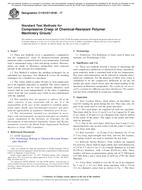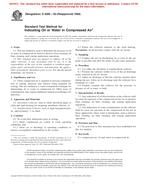1.1 This guide covers new and anticipated state and federal regulatory programs that create an obligation to “coordinate and cooperate” on emergency preparedness planning between regulated facilities, local emergency planning committees (“LEPCs”) and emergency responders. The goal of this increased coordination and cooperation is to develop better community preparedness for potential accidents involving hazardous chemicals and hazardous waste. Currently, existing regulations do not adequately describe the expectations for the “coordinate and cooperate” process, that apply to each party working on emergency preparedness. This guide is intended to assist facilities, LEPCs, emergency responders, and other stakeholders in performing the coordinate and cooperate function at a community preparedness level.
1.1.1 As the outcome of the “coordinate and cooperate” process is community driven, it would be extremely difficult to create these expectations in regulation. Without further guidance or standards, these obligations could easily be misconstrued or ignored. The absence of standards for “coordination and cooperation” potentially subjects facilities to enforcement for noncompliance and, more concerning, fails to inform LEPCs, emergency responders and community members generally so they can identify opportunities for better preparedness in their communities.
Product Details
- Published:
- 02/01/2020
- Number of Pages:
- 5
- File Size:
- 1 file , 76 KB


